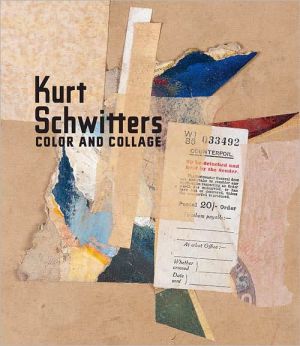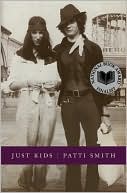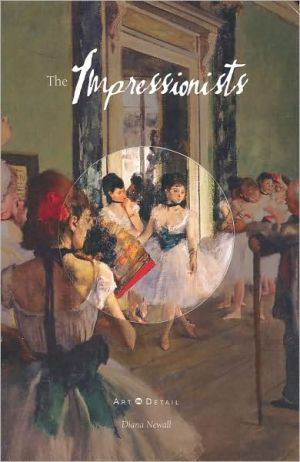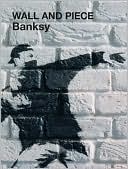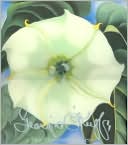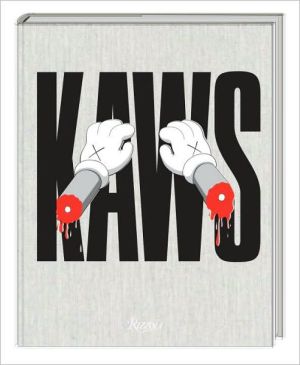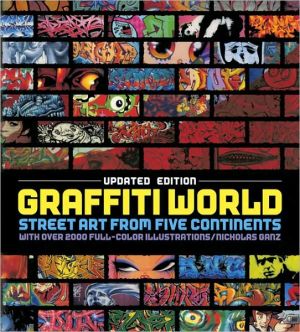Kurt Schwitters: Color and Collage
Best known for his extraordinary abstract collages, German artist Kurt Schwitters (1887–1948) is one of the most influential figures of the international avant-garde. Emphasizing the significance of color and light in the artist’s work and delving into the relationship between collage and painting, this handsome volume accompanies the first U.S. retrospective of the artist’s oeuvre in twenty-five years.\ Affiliated with Dada and the Constructivist movement in the years...
Search in google:
Best known for his extraordinary abstract collages, German artist Kurt Schwitters (1887–1948) is one of the most influential figures of the international avant-garde. Emphasizing the significance of color and light in the artist’s work and delving into the relationship between collage and painting, this handsome volume accompanies the first U.S. retrospective of the artist’s oeuvre in twenty-five years.Affiliated with Dada and the Constructivist movement in the years following WWI, he coined the term “merz” to describe his ambition to “make connections, preferably between everything in the world.” Schwitters’s merz gave seemingly worthless objects of urban waste—train tickets, newspaper fragments, bits of wire—new life as compositional elements in his installations, assemblages, sculptures, and collages. Hoping to unify life and art by incorporating everyday objects into his work, this pioneer of installation art came closest to his ideal with Merzbau, a room-size walk-in sculpture constructed entirely of found materials.Alongside images and analysis of a full-scale reconstruction of Merzbau, this book includes an illustrated chronology and 90 color plates of Schwitters’s assemblages, reliefs, sculptures, and collages, with emphasis on merz works from the 1920s and 1940s. The selection not only illuminates the artist’s response to the dominant art movements of his time but also illustrates his unique composition and design. Essays by prominent scholars provide new perspective on the artist who created poetry from the commonplace.
Introduction Isabel Schulz Schulz, Isabel 7Acknowledgments 11Editor's Note 13Plates I 14Kurt Schwitters: Color and Collage Isabel Schulz Schulz, Isabel 51Plates II 64Schwitters FEC Leah Dickerman Dickerman, Leah 87Plates III 98Kurt Schwitters's Merzbau Gwendolen Webster Webster, Gwendolen 121Plates IV 132Chronology Clare Elliott Elliott, Clare 157Checklist of Plates 166Selected Bibliography 171Solo Exhibitions 174Photo Credits 176
\ Library JournalAvant-garde artist Schwitters (1887–1948) sought to create connections between life and art through his colorful assemblages of paint and nontraditional compositional elements such as discarded train tickets, newspaper fragments, and postal receipts. While well known for his affiliation with the anarchical Dadaist and constructivist movements, Schwitters differed from his peers as he used light and color to convey the oneness of all things, making his work arguably more elegant than absurdist. For example, his use of an exquisite little butterfly in Maraak, Var I and a petite bunch of red cherries in Untitled are small but significant ways in which his playfulness and tenderness set him apart from his Dada and constructivist peers. Schwitters coined the term Merz as a means of expressing his own focus on the importance of the inherent connection between all things; his magnum opus, Merzbau, a room-size walk-in sculpture, is a meditation on Merz and a significant precursor to installation art. VERDICT This volume offers 101 color plates; concise, well-written essays; an illustrated chronology; and a list of Schwitters's solo exhibitions, making it essential for 20th-century art lovers.—Jennifer Krivickas, Univ. of Cincinnati Lib.\ \
